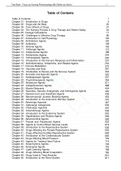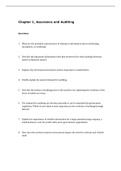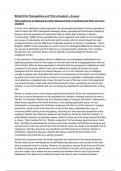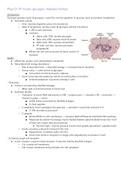Tentamen (uitwerkingen)
Test Bank for The Cosmic Perspective, 10th Edition by Jeffrey O. Bennett | Complete Chapters
- Vak
- Instelling
Test Bank for The Cosmic Perspective, 10e 10th Edition by Jeffrey O. Bennett, Megan O. Donahue, Nicholas Schneider,Mark Voit. Complete Chapters test bank are included with answers A Modern View of the Universe Discovering the Universe for Yourself The Science of Astronomy S1. Celestial Timeke...
[Meer zien]












